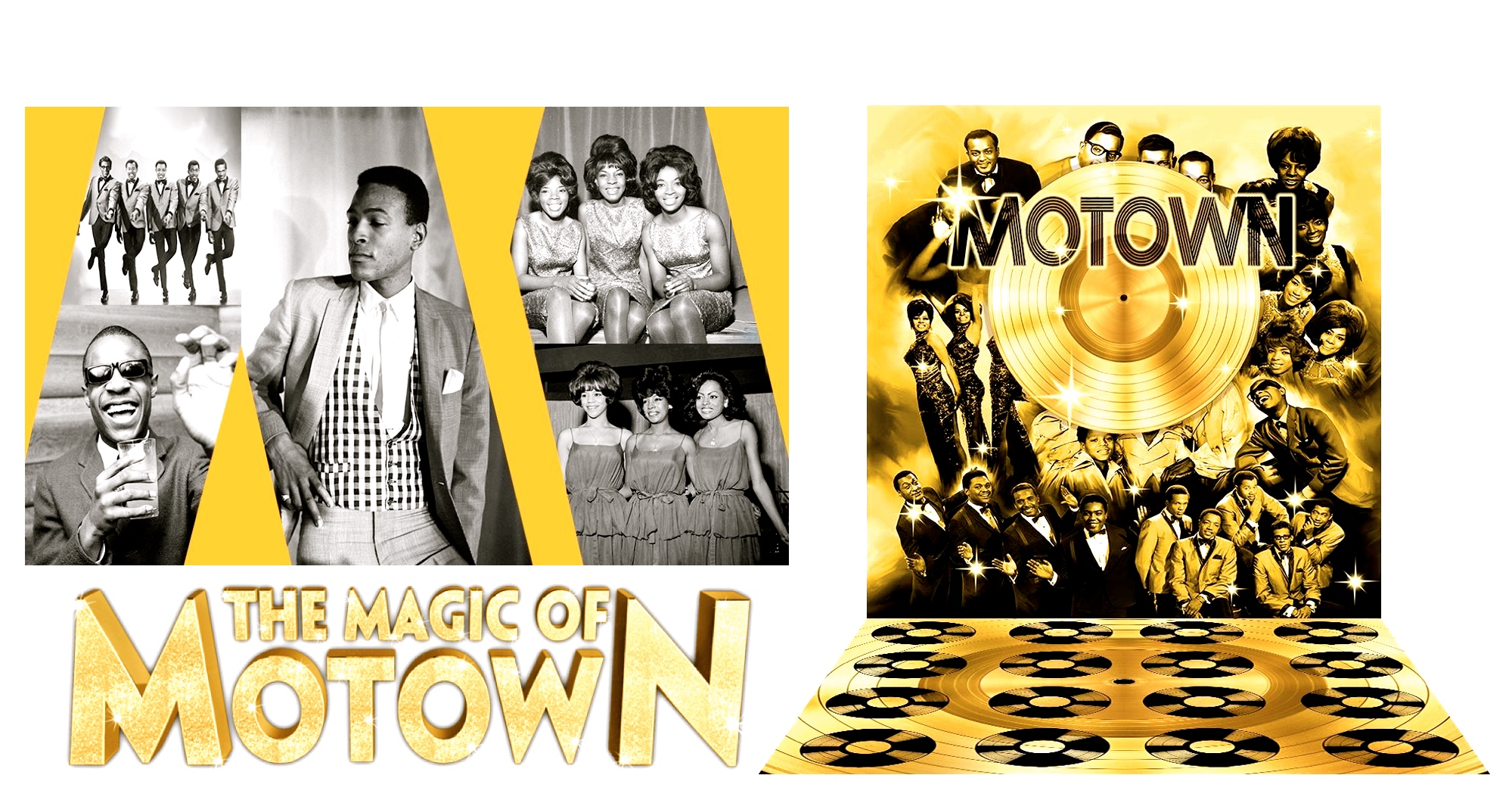“In the early '60s Martha and the Vandellas were among the most successful female pop acts in the world.”
“MARTHA AND THE VANDELLAS HAD 15 TOP HITS- …… MORE THAN ANY ARTIST AT MOTOWN IN THEIR ERA…….

MARTHA…. WE WERE ALWAYS PREPARING TO BE STARS………
The first girls' group that I remember meeting at Hitsville was The Marvelettes. And they had a record called 'Mr. Postman' that went to number one immediately. They were chosen from a talent show in Inkster, Michigan. They were the winners. And the prize was a recording contract with Motown Records.
When we went on the road the first time Mrs. Edwards traveled with us and found out that there's a lot of things that artists need to know before you just expose them to other countries and, and different cultures.
When they returned Berry Gordy said, well, we'll get some people to train them. The first thing they did was hire chaperones. These were lovely ladies who'd--Bernice Morrison was my mentor. They would simply would tell us things like etiquette, you know, protocol and keep us kind of calmed down in gatherings and make sure that none of the men took advantage because that was something very, very dangerous to do--have young ladies traveling with different older men and married men.
They need to have some sort of control, the chaperone Mrs. Edwards realized there should be more.
Berry said there's someone who has done this before who could probably show them, he hired Maurice King.
Maurice King taught us to sing ballads and to work the Twenty Grand and to go from the R & B to the standards, graciously--vocally to be able to sing songs like "All the Way" and "People" and then come back and sing our hits and, and have shows that were interesting and, and entertaining--to increase our boundaries.
Then the idea came that we should not just do the street dances 'cause The Temptations were the dancin-est people you ever saw and their choreography was made up by Paul Williams. The Marvelettes could really, really dance and they made up their own routines.
Berry wanted it smoother. They wanted us to go to Broadway, he wanted us to play the Copacabana, and be on the 'Ed Sullivan Show.’ Berry hired Cholly Atkins from vaudeville. Cholly, who had previously worked with Gladys Knight and the Pips had them already in that state--they were the smoothest R & B group out on the road.
Berry wanted more of that style, so they hired the man who was responsible for Gladys Knight and the Pips being that graceful, and that was Cholly Atkins, himself, of Cole and Atkins dance team from vaudeville.
Maurice King hired Johnny Allen who played very good keyboard to sit with us--two- to three-hour sessions and teach us songs, teach us the proper way to vocalize with two-part harmony background singing 'cause usually a background is three parts. (there’s an art to a two part harmony)
Maurice taught us the art of singing with two parts and blending the third voice around the vocals, all of that was necessary.
When we weren't on the road, we were in the studio. There was always a session going on--always something or some instruction that you had to catch up too or be a part of; when you weren’t on the road.
Martha Reeves: MY DREAM BECOMES A REALITY- THE BEGINNING ……..
After the last of a three-night performance--a reward for winning an amateur contest--I was greeted by Motown’s A&R President, William R. Stevenson. It was my first engagement after turning 21. I starred with Levi Mann and his trio during “Happy Hour,” a performance at the now defunct Twenty Grand nightclub in 1961.
I had just finished my solo performance under the name Martha Lavaile, a name given to me by my Aunt Bernice who gave me an alias and told me that I would one day become famous, when Stevenson presented his business card to me and said, “You have talent, come to Hitsville USA!” I reported to the Hitsville studio the next morning, after phoning and quitting my job at the City Wide Cleaners as a counter person.
I showed up at 2648 West Grand Boulevard, Berry Gordy’s home, just as people were lining up outside waiting for an audition. But I showed the business card that I had been given and walked in with ease. Stevenson was surprised to see me, and advised me that they held auditions every third Thursday and that I should answer the telephone, he would be right back.
About three hours later, I had become the first woman/secretary/demo making-singer in that office of 17 writers and producers. Later… I became the lead singer with a group of background singers that that I named the Vandellas. I originally called Rosalind, Gloria and Annette to record behind Marvin Gaye for “Stubborn Kinda Fellow.” We were formally The Del-Phis, a Check-Mate recording group. We were named after a street on the Eastside named Van Dyke and after Della Reese, my idol.

MARTHA REEVES AND THE VANDELLAS -
“NO WHERE TO RUN” ….
TOP HIT SONG - ALL OVER THE WORLD
HISTORY FACT: CONSIDERED THE FIRST MUSIC VIDEO FOR MUSIC INDUSTRY
“CELEBRATING THE YEAR OF THE MUSTANG..”







